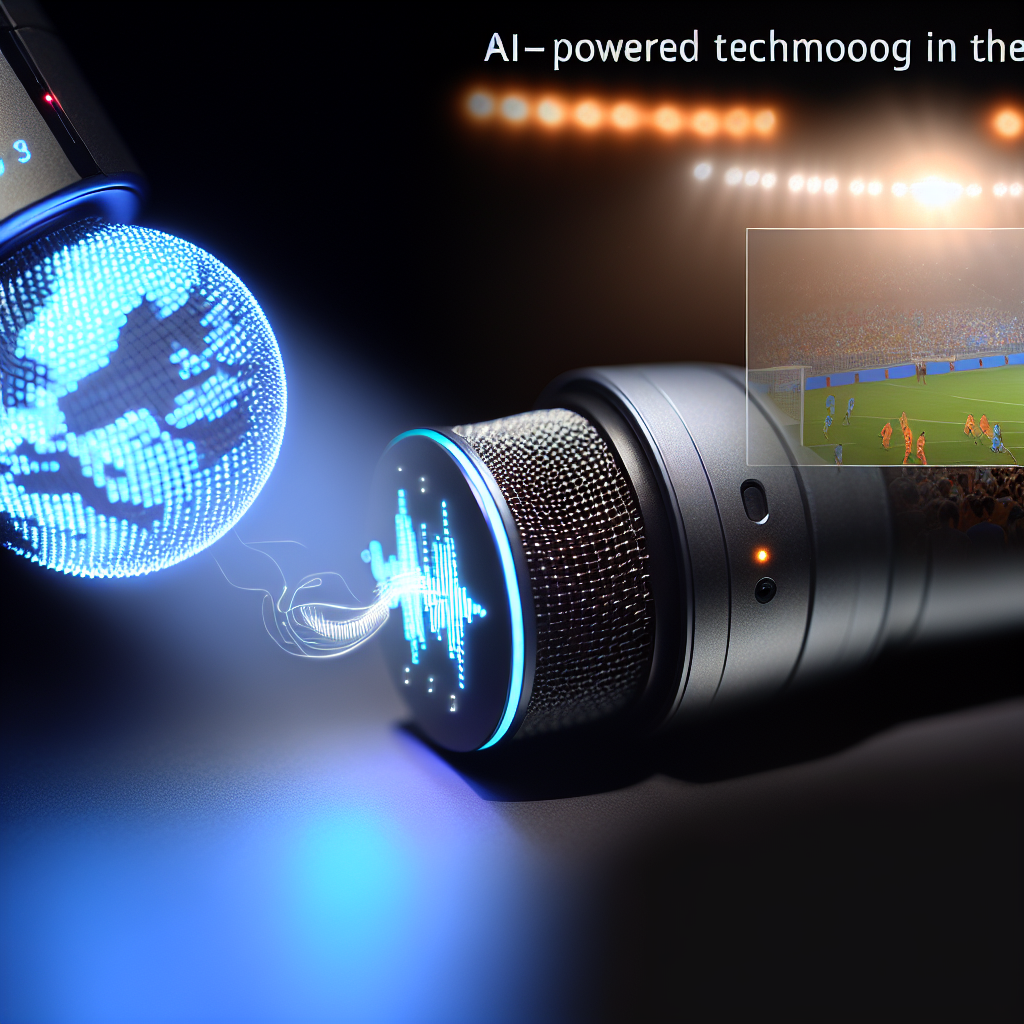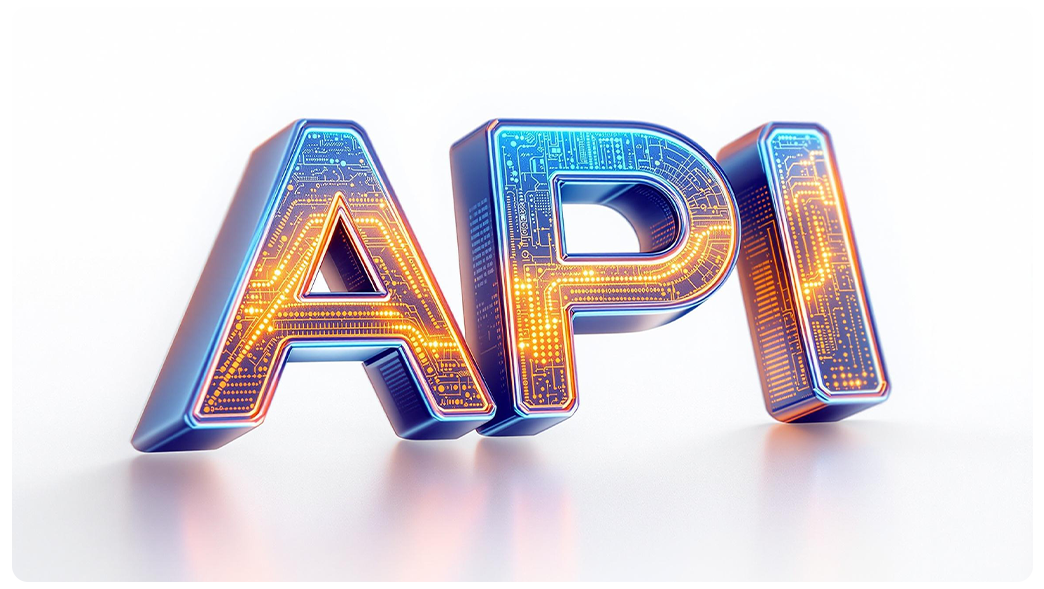Explore How AI-Powered Microphones Can Enhance Accessibility in Sports and Large-Scale Events
The dynamic world of sports and large-scale events is continuously evolving, embracing cutting-edge technologies to amplify accessibility and inclusivity for audiences worldwide. Among these innovations, AI-powered microphones stand out as transformative tools, redefining live commentary and audience engagement. This article delves into the impact of these advanced devices on real-time subtitle push for sports commentary, real-time transcription services for hearing-impaired audiences, and quick adaptation of multi-language translation for events.
The Importance of Accessibility in Sports and Events
Accessibility has become a crucial aspect of modern event management, especially in sports where diverse audiences gather. With globalization, the demand for real-time, inclusive communication has grown exponentially. AI-powered microphones present a powerful solution, offering instantaneous and seamless access to information across languages and abilities.
Let’s explore the multifaceted applications of these technologies and their implications for enhancing the accessibility of sports and large-scale events.
Real-Time Subtitle Push for Sports Commentary
As the intensity of sports commentary unfolds in real-time, capturing its essence and delivering it to a global audience is vital. AI-powered microphones facilitate this process by transcribing spoken words into subtitles instantly, ensuring that fans do not miss a moment of the action.
Enhancing Audience Engagement
The integration of AI-powered microphones allows broadcasters to engage with their audience effectively. By providing real-time subtitles, viewers who are either unable to hear or comprehend the spoken language can follow the event seamlessly. This technology bridges the gap between commentators and global audiences, maintaining the excitement of the moment.
Case Study: FIFA World Cup
During the FIFA World Cup, where commentary is often delivered in multiple languages, AI-powered microphones have been essential. The technology enables broadcasters to deliver real-time subtitles in multiple languages, ensuring accessibility and enriching the experience for a global audience.
Large-Screen Real-Time Transcription Service for Hearing-Impaired Audiences
For individuals who are hearing-impaired, accessing live commentary is often a challenge. AI-powered microphones offer a solution by providing large-screen real-time transcription services, turning every spoken word into text that can be displayed for easy viewing.
Creating Inclusive Experiences
The implementation of real-time transcription services on large screens allows hearing-impaired audience members to fully participate in the event. This inclusivity reinforces an environment that celebrates and respects diversity, positioning event organizers as leaders in accessibility.
Real-World Example: Olympics
During events like the Olympics, real-time transcription services ensure that hearing-impaired individuals can experience the event alongside other fans. This enhancement fosters community and belonging, showcasing how technology can bridge accessibility gaps.
Quick Adaptation of Multi-Language Translation for Events
In today’s globalized world, events draw audiences from various cultural and linguistic backgrounds. AI-powered microphones streamline communication by adapting and translating language in real-time, breaking barriers and unifying attendees.
Facilitating Cross-Cultural Communication
The swift adaptation of multi-language translation enables event organizers to cater to diverse populations effectively. By instantly translating commentary and interactions, these devices eliminate language barriers, fostering an environment of inclusivity and mutual understanding.
Example: International Conferences and Tournaments
Whether it’s international conferences or global tournaments, the need for swift and accurate translations is paramount. AI-powered microphones provide on-the-fly translations, allowing speakers and audiences to connect despite language differences, significantly enhancing the event’s accessibility and impact.
Bridging Technological Gaps: The Power of AI
By leveraging advancements in AI technology, these microphones integrate sophisticated algorithms to deliver real-time processing and impeccable accuracy. This section explores the cutting-edge technology behind AI-powered microphones and how they transform accessibility in sports and large-scale events.
Advanced Algorithms and Machine Learning
The core of AI-powered microphones lies in their algorithms that process language in real-time. Through machine learning, these devices continuously improve their understanding of various accents, dialects, and languages, ensuring precise and context-aware translations and transcriptions.
Integration with Existing Infrastructure
AI-powered microphones can be seamlessly integrated into existing broadcasting and event management infrastructures, optimizing the communication process without requiring substantial overhauls. This compatibility makes them highly favorable for organizers aiming for a smooth transition to more inclusive practices.
Actionable Insights for Event Organizers
To maximize the benefits of AI-powered microphones, event organizers must consider several factors. These insights provide practical steps for effectively implementing these technologies at sports and large-scale events.
Collaborate with Tech Providers
Working closely with tech providers can ensure the seamless integration of AI microphones into the event’s communication systems. Leveraging the expertise of technology partners can aid in customizing solutions to meet specific event requirements.
Invest in Training and Setup
Equipping staff with the knowledge to operate AI-powered microphones effectively is crucial. Prior training and setup ensure that the technology runs smoothly during the event, minimizing disruptions and maximizing accessibility.
Conclusion: The Future of Accessibility in Sports and Events
As we look toward the future, AI-powered microphones hold the potential to revolutionize accessibility in sports and large-scale events. By offering real-time translations, subtitles, and transcriptions, they ensure inclusivity and engagement for diverse audiences. Adopting these technologies positions event organizers at the forefront of innovation, highlighting their commitment to accessibility and diversity.
The integration of AI-powered microphones is not merely a technological upgrade but a step toward a more inclusive world where everyone can participate in the excitement of sports and events, regardless of linguistic or auditory challenges. Embracing this technology signifies a dedication to a future where accessibility and inclusivity are not just aspirations but reality.




